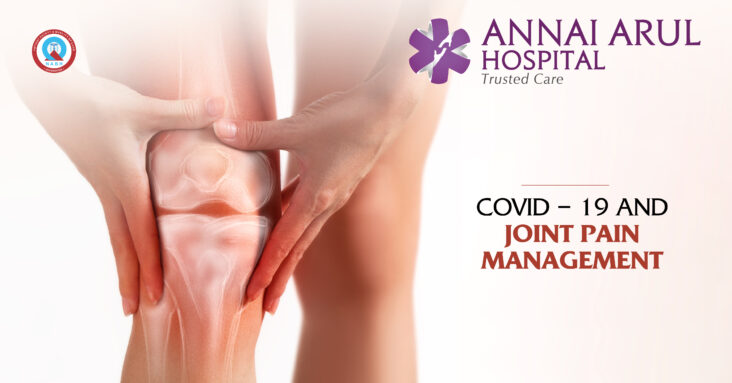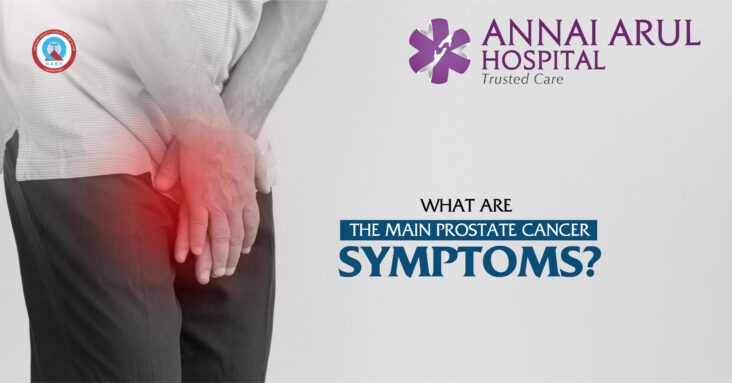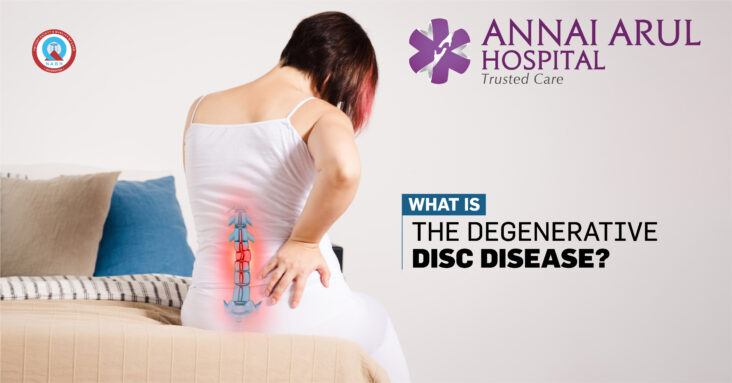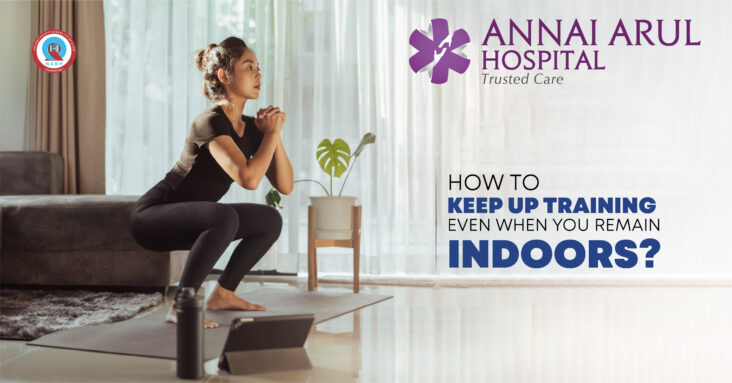

COVID – 19 AND JOINT PAIN MANAGEMENT
The main aspect of the COVID-19 pandemic is your ability to take care of yourself in the weeks and months that follow after you are infected. One of the main concerns is pain management during the infection period, especially the pain in the joints.
Managing Inflammation
Joint pain is caused by inflammation in the body, which attacks joint tissues. The condition leads to fluid in the joints, swelling, muscle damage and pain. So, you need to understand how to manage inflammation in your joints at home and for this, you need to follow the RICE system, which, when expanded, means rest, ice, compression and elevation.
Anti-inflammation Medications
At the beginning of covid-19, people were concerned whether the NSAIDs used to treat inflammation will worsen COVID infection. In truth, there is no evidence to suggest that NSAIDs worsen the COVID condition. The type of medication may differ from person to person. The right medication will depend on other medicines you are taking, co-morbidities and the sort of inflammation you have.
Avoiding flare-ups
Joint pain flare-ups are always a problem and make pain management quite challenging. The flare-ups usually occur due to the overuse of your joints, like when you overdo your exercise. Other causes of flare-ups include stress, weather, repetitive motionsss and infection.
There are few things you can do to prevent flare-ups. You can avoid flare-ups by avoiding sitting on low chairs, avoid running long distance when you are in pain, do exercises that don’t require deep bending etc.
Diet Control
In the COVID-19 condition, it is mandatory for us to stay at home and be less active. Meanwhile, we are in easy reach to the pantry, which means eating more than we need and leading to weight gain. The result is putting more weight or pressure on our body joints. It is to be understood that small changes in body weight will cause significant changes in joint pain. Diet control and healthy eating is what will control body weight and, in turn, help manage joint pain.
Exercise at Home
COVID – 19 infection does not mean you have to be inactive. There are few exercises you can do at home to strengthen your hips and knees. The most important muscles for hip and knee health is the quadriceps muscle. Extending your knees or straightening your leg out is one exercise for the particular strength. Most of these exercises do not need machines or weight systems. Thus you can use your body weight to strengthen the quadriceps muscles thus.
Consult a Doctor
If you still feel that you are unable to manage your joint pain through home care, it is time for you to consult your doctor. Your physician can talk you through steps which include medication, recommended exercises and physical therapy and if this does not give proper result, your doctor will suggest imaging tests and treatment based on the results.
————————————————————————————————————————————–

WHAT ARE THE MAIN PROSTATE CANCER SYMPTOMS?
Prostate cancer can sneak on men and they will not know it until late. There are no warning signs for early prostate cancer. Since prostate cancer does not push against anything, there is no pain and a person may not know about it for years. It is hence crucial for regular prostate cancer screening.
What are the symptoms of prostate cancer?
The tumour causes the prostate gland to swell and cancer spreads beyond the prostate and causes many symptoms. These symptoms include an urge to urinate often, trouble in starting and stopping a stream of urine, the urine stream will be sometimes weak, or it may start or stop, pain and burning when you urinate, pain and burning when you ejaculate, blood in the urine and semen, pressure or pain in the rectum, pain and stiffness in the lower back, pain in the hips, pelvis and thighs.
All these are not directly the symptoms of cancer but signs of cancer growth blocking the prostate. These symptoms can also occur if you suffer from enlarged, noncancerous prostate or have a urinary infection.
Symptoms of advanced prostate cancer
Specific symptoms are typical of advanced prostate cancer. A dull, deep pain accompanied by stiffness in the lower back, ribs, pelvis and thighs, especially in the bones of these areas. Sudden loss of weight and appetite, fatigue, nausea or vomiting is also signs of advanced cancer. Swelling in the lower extremities, paralysis of the lower limbs is also seen. You may also have constipation and bowel problems in the advanced stages of prostate cancer.
When to consult your doctor?
The first sign that you are having a problem is when you experience trouble urinating, or you feel that urination is painful and different from usual. Immediately you should consult your doctor who will examine you for prostate gland problems and determine whether it is enlarged, inflamed with an infection or cancerous growth. If you have lower back pain, pain in the pelvis, weight loss, swelling in your legs or weakness and a hard time walking, then you should consult your doctor and get yourself examined for prostate too.
————————————-

WHAT IS THE DEGENERATIVE DISC DISEASE?
This is an age related condition when the vertebral disc between two adjacent vertebra (Spinal bone) undergoes wear & tear leading to back pain or lower limb pain
What causes the Pain ?
The vertebral disc acts as a shock absorber for the spinal column. It also increase the flexibility of the spine. Once the disc loses its structural integrity the disc bulges causing compression on nerve root leading to pain in the back or the lower limb. In severe cases it may lead to numbness and loss of function. In long standing cases the disc space narrows putting stress on the facet joint (Joint between adjacent vertebrae) leading to wear& tear of the facet joint thus causing pain & decrease flexibility.
2. Symptoms of disc degeneration are:
• Pain in the low back with or without radiation to lower limb
• Numbness of the lower limb with or without loss of muscle strength
• Decrease flexibility of spine with or without deformity
• Bowel & Bladder control issues
• If the degeneration is in the neck the pain & numbness or loss of function is in the upper limb.
• Gait Problems with symptoms like unable to grip slipper or feeling of walking on cotton
3. How is degenerate disc diagnosed?
• Clinical Examination done to determine the neurological loss and site of pain.
• Radiological Examination done to confirm the level of involvement.
• X-Ray gives an idea of the bone changes MRI gives a clear picture with regards to disc and nerve root compression,
• Other special investigation like contrast CT may he suggested under special circumstances.
4. What is the treatment?
• Treatment for degenerative disc disease include physical therapy, exercise , medication, losing weight and if required, surgery. Apart from medicines and physiotherapy.
• Medications include pain relief medicines, short term steroids and muscle relaxers.
• Physiotherapist use physiotherapy in form of (IFT) Interfertial therapy in relieving pain. Physio will also advise posture and exercise.
• Apart from medications and physiotherapy, minimal invasiver procedures like injections of steroids / local anesthesia may be advised for therapeutic / diagnostic intervention respectively .
• If not amenable to above management surgery may be advised by doctor for pain relief
• Surgical Management is also indicated as first line of management when there is loss of function.
• Early diagnosis & Management in the above scenario gives better outcome , consult your doctor for the same.

HOW TO KEEP UP TRAINING EVEN WHEN YOU REMAIN INDOORS?
In the present pandemic situation, many prefer to continue their training indoors. Even a bad weather day like a rainy day is a perfect opportunity for cross-training indoors.
Cross-training indoors is the key to performance improvement and injury prevention. If you concentrate on running alone, then you may miss the adjustments required to make to stay healthy.
The three components that get involved in cross-training include cardio, strength and agility.
Cardio
It is recommended that at least 150 minutes of moderate-intensity exercise is required per week for optimum cardio vitality. Runners, on the other hand, may require up to 300 minutes of moderate-intensity exercise. All these will go to train our heart and lungs and keep them healthy.
If you have a treadmill, elliptical bike or similar equipment, you can do your exercise or else you have to choose an equipment-free cardio regime.
You may very easily create your own indoor circuit training, which consists of running, walking and marching. You can practice running in place, stair climbing, jumping jacks or jumping rope.
There is the option of choosing high-intensity training (HIT), which is nothing but seven to eight minutes of intense exercise. Spread it between normal exercise and elliptical. Dancing is another option and nothing like a fast-paced Zumba number. All these will get your heart up and running smoothly.
Strength
Suppose you don’t have too much space to spare for exercise; there’s plenty you can do with your control of body weight and strength exercises.
The strength exercises should focus on a lot of major muscle groups. Try to have a series of six to ten exercises with an average of ten repetitions. You can exercise to a point where at the end of the exercise, your muscle gets deeply tired. Remember not to hurt yourself in the process.
Agility
Last is the agility factor or exercises. Focusing on agility will improve our ability to prevent injuries. There are many options available, including yoga, pilates and barre. You can use the cool-down period of stretches and have the most beneficial agility training.
Finding other resources
You can always access the online training. You can also watch an experienced runner who is a part of a running club. Such experienced trainers and sportspeople will be able to guide you easily as to what is appropriate for your age and ability.
———————————————————————————————————